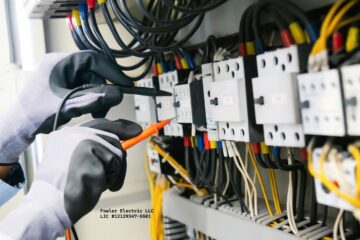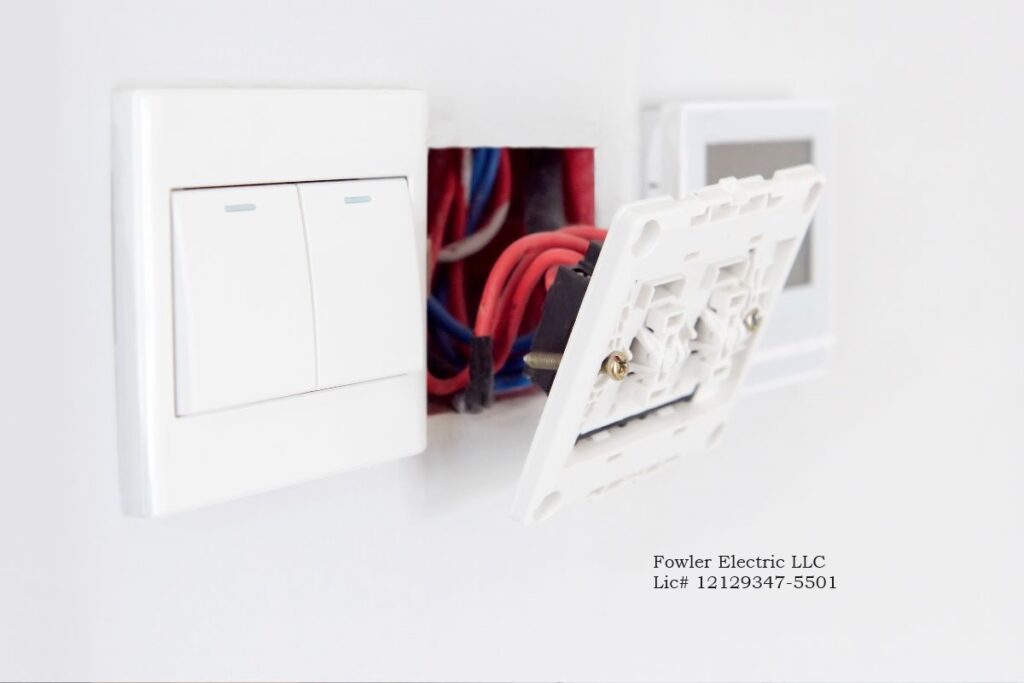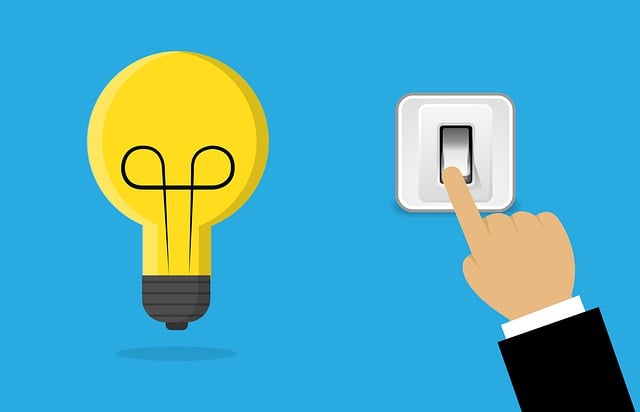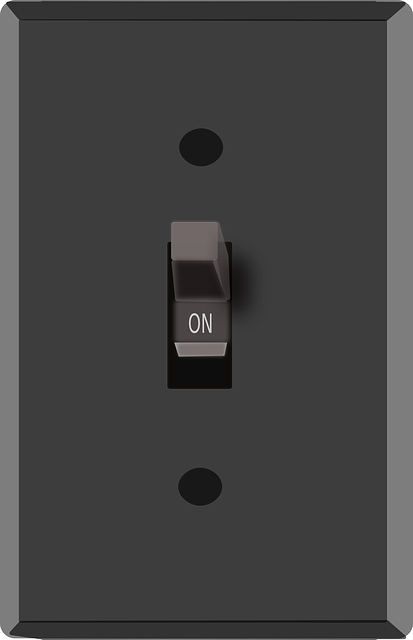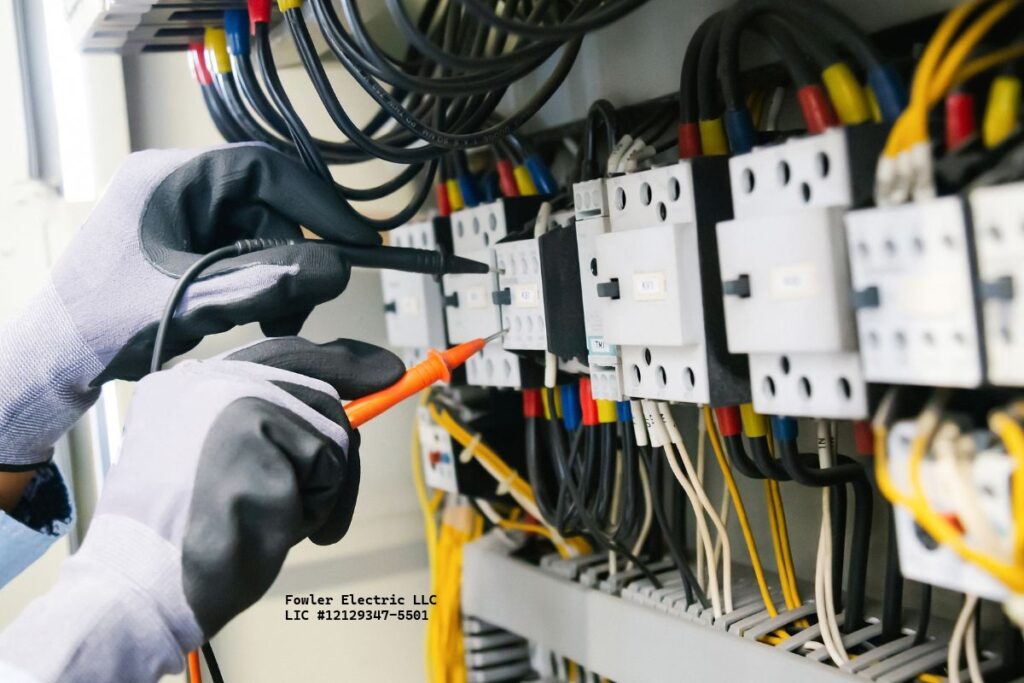
30 seconds summary
- To pick the best electrician for your home project, first know what you need. Make sure the contractor has a license, insurance, and experience with similar jobs. Ask for suggestions, check reviews, and confirm references to ensure trustworthiness.
- Look at different prices, put safety first, and make sure everything follows local rules. Find experts if you need help, make sure they use the latest tools and check the warranty and payment conditions.
- Watch out for warning signs like unclear communication or unclear cost estimates, and make sure to finish the agreement with a clear contract. This will help ensure good quality and responsibility during the project.
Picking the right electrician for your home project is an important choice that can greatly affect how well your electrical systems work, as well as how safe and efficient they are. From setting up basic wiring to putting in modern systems like solar panels and smart home features, the electrician you choose will be very important in making sure your home works well and stays safe. This guide looks at the important things to think about when choosing an electrical contractor, so you can make a smart choice.
Know What Your Project Needs
Before you start looking for an electrical contractor, make sure you know what you need for your project. Home electrical projects can be very different, from small fixes to big installations when building or remodeling a house. Important questions to think about are:
- Are you putting in a new electrical system or improving the one you have?
- Do you need special services like smart home setups or renewable energy options?
- How much money do you have for the project, and when do you want to finish it?
Clearly stating what you need will help you find a contractor who has the right skills and tools for the job.
Verify Qualifications and Licenses
Electrical work needs special skills and knowledge, so it’s important to hire a licensed professional. Licensing makes sure the contractor has received the right training and follows safety rules in the area and country. When looking at an electrical contractor, make sure to check the following:
- License validity: Make sure the contractor has a current license to do home electrical work in your area.
- Insurance coverage: A good contractor should have liability insurance and workers’ compensation insurance to protect both sides if there are accidents.
- Certifications: Check for certificates in areas like green energy or home automation, as these show extra skills.
Assess Skills and Knowledge
Experience is an important sign that shows how well a contractor can manage your project. An experienced contractor will probably know more about home electrical systems, the problems that can come up, and the best ways to do the work. When looking at someone’s experience, think about:
- How long the contractor has been working?
- They have finished certain kinds of home projects.
- They can help with special needs for your project, like lighting design or upgrading electrical panels.
Ask for advice and read opinions
Personal recommendations and online reviews are very helpful when looking for good electrical contractors. Begin by asking your friends, family, and neighbors for their suggestions based on what they have experienced. You can also check online sites like:
- Google Reviews: Shows how happy customers are and how dependable contractors are.
- Yelp: Provides reviews and scores from past customers.
- Better Business Bureau (BBB): Shows complaints, solutions, and how good the contractor is overall.
Check References
A reliable electrician will provide names of past clients who can vouch for their work. Talk to these references to get direct information about how the contractor works. When talking to former clients, ask about:
- What the project was about and if it was finished on schedule.
- The way the contractor talks and responds.
- The quality and how long it lasts.
Make sure to follow local building rules
Electrical work needs to follow local building rules to make sure it is safe and works properly. A good contractor knows these rules well and will make sure all the work is done to the right standards or better. Not following the rules can result in expensive fines, delays, or safety problems, so it’s important to check that the contractor knows the necessary regulations.
Check Communication Skills
Good communication is important for a strong relationship between a contractor and a client. From the first meeting to the end of the project, the contractor should be clear and quick to respond. Important signs of good communication are:
- Quick answers to questions.
- Simple explanations of the tasks to be done.
- Clear and precise price estimates.
Look at Several Prices
It’s a good idea to get several quotes when choosing an electrical contractor. Ask at least three contractors for detailed cost estimates to compare them:
- Costs for work and materials.
- Project deadlines and payment plans.
- Warranty details and promises.
Put Safety and Professionalism First
Safety is very important in electrical work, and the contractor you pick should make it a top priority throughout the whole project. Look for signs of being professional, like:
- Following safety rules on the site.
- Using good tools and materials.
- Keep your work area clean and tidy.
Check how available and adaptable it is
Electrical projects usually have strict deadlines or surprise problems. A good contractor should be flexible with your schedule and able to adjust when things change. Talk about when they can start right away to make sure the contractor can meet your project schedule.
The Job of Electrical Contactors
When looking for a contractor, you might hear about “electrical contractors.” These are devices that help control the flow of electricity in circuits. Even though the word is similar, it talks about tools instead of people. Make sure you concentrate on finding a skilled electrician to finish your home project.
Wrap Up
Picking the right electrician for your home project is an important decision. You need to think about their qualifications, experience, and how others view them. By following the steps in this guide, you can make sure that your home’s electrical systems are installed or fixed properly. This will keep your home safe, and reliable, and give you peace of mind for a long time. Take time to look into your options and make a good choice. Your home deserves the best.
Contact Fowler Electric today and schedule a consultation for all your residential electrical needs.
